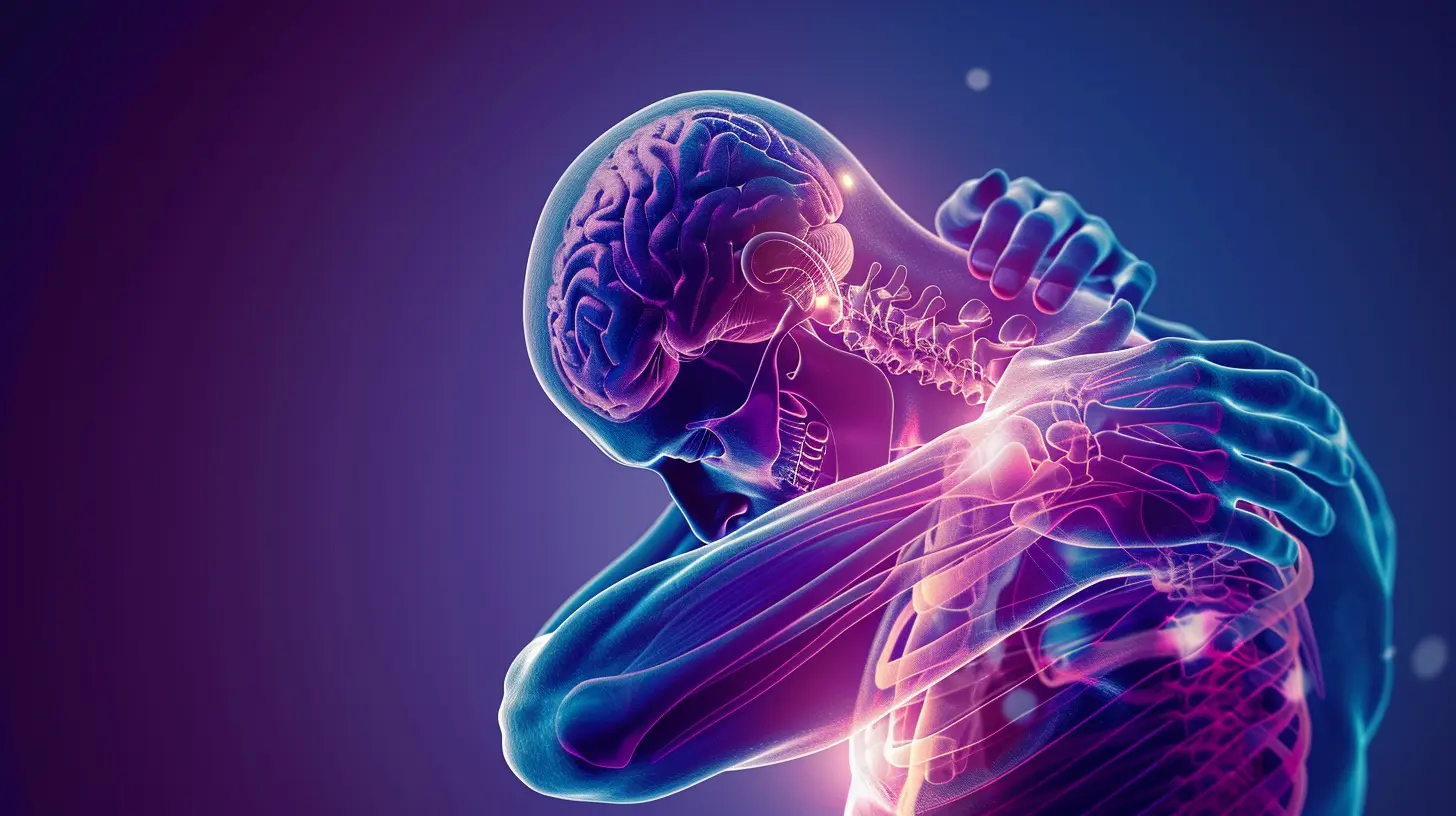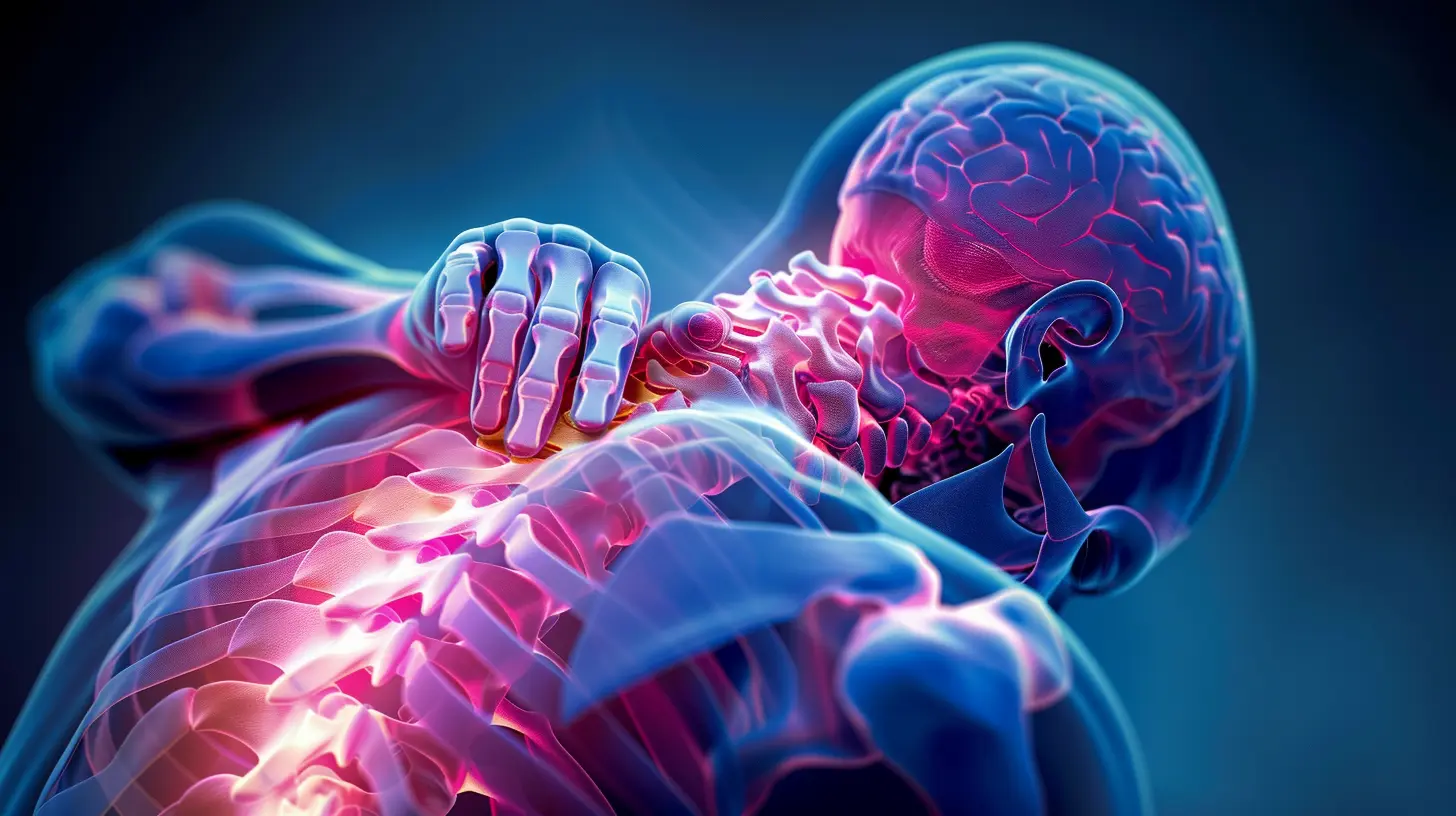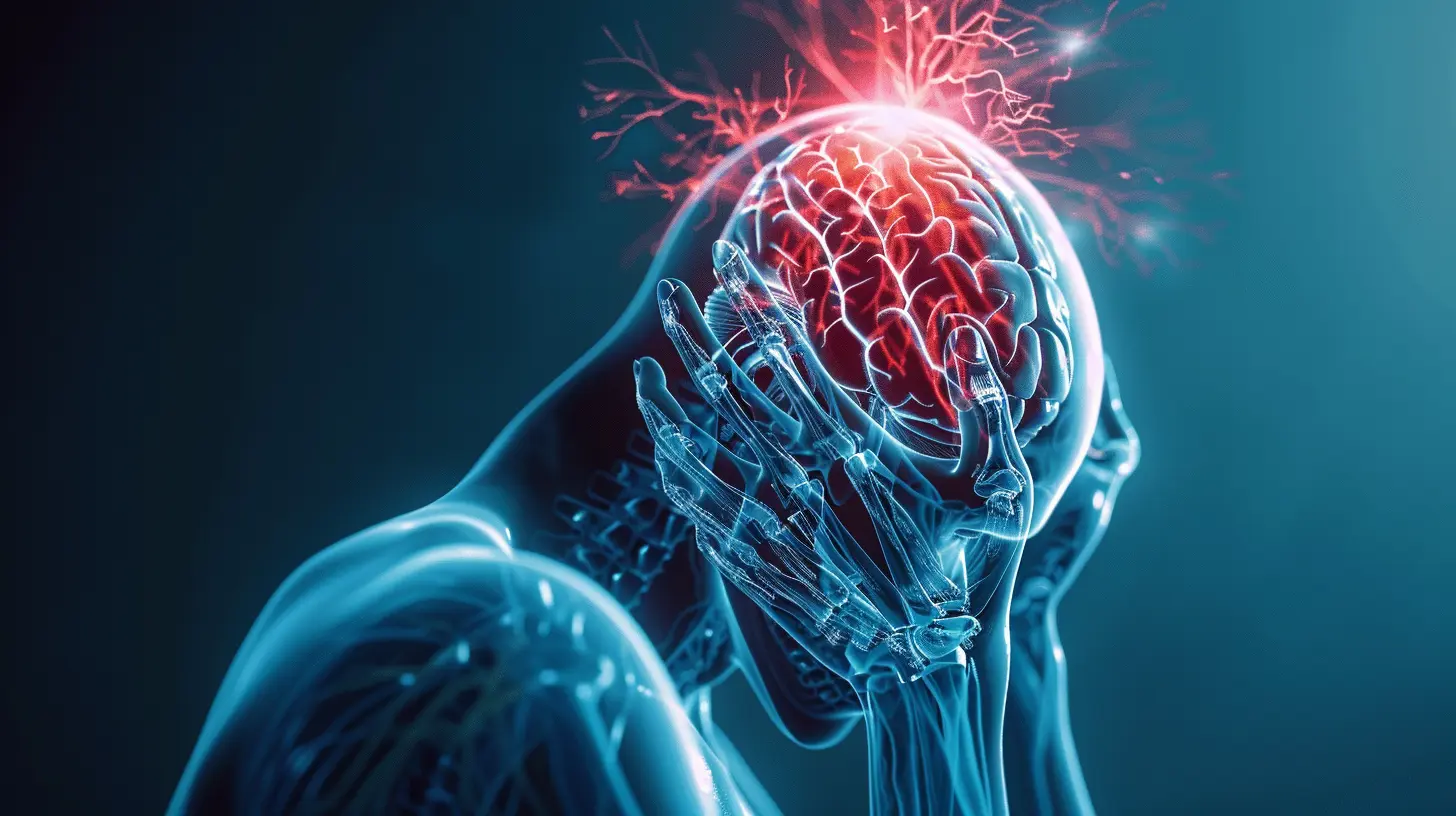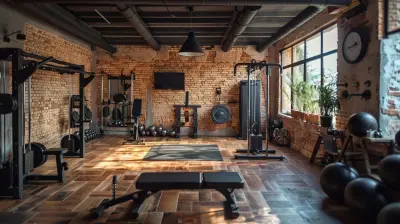Understanding the Role of Physical Therapy in Chronic Pain Recovery
3 May 2025
Chronic pain can feel like an uninvited guest that refuses to leave. Whether it's back pain, arthritis, or lingering discomfort from an old injury, it takes a toll on your body and mind. But what if there was a way to regain control and break free from the cycle of pain? That’s where physical therapy comes in.
Physical therapy isn’t just about stretching or doing a few exercises—it’s a structured, science-backed approach to healing. It helps people manage pain, regain mobility, and improve their quality of life. If you’ve been struggling with chronic pain, this guide will walk you through how physical therapy can make a real difference.

What Is Chronic Pain?
Chronic pain is pain that sticks around for more than three months. Unlike acute pain that results from an injury and heals over time, chronic pain lingers—even after the initial injury or condition has improved. It can stem from various causes, including:- Arthritis – Inflammation in the joints that leads to stiffness and discomfort.
- Fibromyalgia – A condition that causes widespread muscle pain and fatigue.
- Neuropathy – Nerve damage leading to tingling, numbness, or sharp pains.
- Past Injuries or Surgeries – When healing doesn’t go as planned, pain may persist.
Living with chronic pain can be exhausting. It impacts sleep, mood, and daily activities. And while pain medications may provide temporary relief, they don’t treat the root cause. That’s where physical therapy steps in as a game-changer.

How Physical Therapy Helps in Chronic Pain Recovery
Many people think of physical therapy as something you do after surgery or an injury. But did you know it’s also one of the most effective non-invasive ways to manage chronic pain? Here’s how it works:1. Strengthening Muscles to Reduce Strain
Weak muscles can contribute to pain by putting extra pressure on joints and bones. A physical therapist designs a custom exercise plan to strengthen these muscles, giving your body the support it needs. Think of it like reinforcing the foundation of a house—when the base is strong, the rest of the structure holds up better.2. Improving Flexibility and Mobility
Stiffness can make everyday activities feel like a chore. Whether it’s bending down to tie your shoes or reaching for something on a high shelf, restricted movement adds to the discomfort. Stretching exercises and targeted movements help restore flexibility, making daily tasks easier and less painful.3. Encouraging Better Posture
Poor posture can be a hidden culprit behind chronic pain. Slouching or sitting in awkward positions for long periods can put undue stress on the spine and muscles. Physical therapists not only help you correct your posture but also teach you ways to maintain it—so your pain doesn’t keep coming back.4. Pain Relief Techniques Without Medication
Relying on painkillers might seem like the easiest solution, but they only mask the problem. Physical therapy uses natural pain relief techniques, such as:- Manual Therapy – Hands-on techniques like massage and joint mobilization to reduce stiffness.
- Heat and Cold Therapy – Applying heat relaxes muscles, while cold reduces inflammation.
- Electrical Stimulation (TENS) – Low-voltage electrical currents help block pain signals.
5. Teaching You Proper Body Mechanics
Believe it or not, simple movements like lifting, walking, or sitting can either help or worsen your pain. Physical therapists show you the right way to move your body to avoid unnecessary strain. It’s like learning the correct way to lift a heavy box—getting it right prevents injury and discomfort.6. Promoting Long-Term Pain Management
Unlike temporary fixes, physical therapy focuses on long-term recovery. The goal isn’t just to make you feel better today but to keep pain from creeping back. Your therapist will equip you with exercises, stretches, and habits to maintain a pain-free lifestyle.
Common Physical Therapy Techniques for Chronic Pain
Physical therapists use a variety of techniques based on your specific condition. Here are some of the most commonly used methods:Exercise Therapy
One of the most effective ways to treat chronic pain is through movement. A therapist will guide you through gentle exercises to build strength and flexibility without worsening your pain.Myofascial Release Therapy
This technique focuses on relieving tension in sore muscles and connective tissues. It can feel similar to a deep massage, but it's specifically designed to target pain points.Hydrotherapy (Water Therapy)
Water provides natural resistance while reducing strain on joints and muscles. Exercises performed in a warm-water pool can be incredibly beneficial for people with arthritis or fibromyalgia.Dry Needling
Similar to acupuncture, this method involves inserting thin needles into trigger points to release muscle knots and reduce pain. While it may sound intimidating, many people find significant relief from chronic pain through this technique.Mind-Body Techniques
Chronic pain isn’t just physical—it also affects your mind. Many physical therapy programs incorporate relaxation techniques, deep breathing, and mindfulness to help control pain perception and reduce stress.
What to Expect During Physical Therapy
If you’re considering physical therapy for chronic pain, you might be wondering: What actually happens in a session?1. Comprehensive Evaluation – Your therapist will assess your pain, movement, flexibility, and overall condition to create a treatment plan tailored to you.
2. Hands-On Treatments – Depending on your needs, they may use hands-on techniques like massage, joint mobilization, or stretching.
3. Guided Exercises – You’ll be shown exercises designed to strengthen weak muscles and improve mobility.
4. Home Exercise Plan – To continue progress, your therapist will give you exercises to do at home. Consistency is key!
How Long Does It Take to See Results?
Pain relief isn’t always immediate—it’s a gradual process. Some people feel improvements within a few sessions, while others may need a few months of therapy. The key is patience and commitment. Unlike pain meds that offer a quick fix, physical therapy works on healing the root cause of your pain, leading to lasting relief.
Final Thoughts: Take Charge of Your Recovery
Chronic pain doesn’t have to control your life. Physical therapy offers a natural, effective, and long-term solution to regain your mobility and comfort. If you’re tired of relying on painkillers or just “pushing through” the pain, it might be time to see a physical therapist.Imagine waking up without stiffness, moving freely without discomfort, and living life without constant pain. It’s possible—one step, one session, and one stretch at a time.
Ready to Break Free from Chronic Pain?
If you’ve been struggling with pain that won’t go away, don’t wait any longer. Talk to a physical therapist and start your journey to recovery today. Your body deserves the chance to heal.all images in this post were generated using AI tools
Category:
Chronic PainAuthor:

Angelo McGillivray
Discussion
rate this article
5 comments
Julianne Horne
Great article! Physical therapy's role in chronic pain recovery is truly invaluable. Thank you!
May 19, 2025 at 2:33 AM

Angelo McGillivray
Thank you for your kind words! I'm glad you found the article helpful.
Sara Martinez
This article perfectly captures how physical therapy can be a game-changer for chronic pain. It’s refreshing to see an emphasis on personalized care and real-life success stories. Healing isn't just physical; it’s about reclaiming your life—one session at a time!
May 9, 2025 at 4:25 PM

Angelo McGillivray
Thank you for your insightful comment! I'm glad you found the article highlights the importance of personalized care and the transformative impact of physical therapy on reclaiming one's life.
Orionyx Weber
Great article! 🌟 Physical therapy can be a game-changer for those dealing with chronic pain. It’s all about finding the right path to relief and recovery. Remember, every little step counts, so don’t lose hope! Keep moving forward—you’ve got this! 💪✨ #PainFreeJourney
May 9, 2025 at 2:54 AM

Angelo McGillivray
Thank you for your kind words! I'm glad you found the article helpful. Every step truly does count in the recovery journey! 💪✨
Alexia McCabe
Embracing physical therapy is a powerful step toward reclaiming your life from chronic pain. Each small victory builds strength and resilience. Remember, progress is a journey—stay hopeful and trust in your body’s ability to heal and thrive!
May 7, 2025 at 2:41 AM

Angelo McGillivray
Thank you for your insightful comment! Embracing the journey of physical therapy is indeed vital for overcoming chronic pain. Your encouragement about trust and resilience is inspiring!
Brianna Evans
Empowerment through movement is transformative healing.
May 6, 2025 at 2:40 PM

Angelo McGillivray
Absolutely! Movement empowers individuals, fostering healing and resilience in chronic pain recovery.
MORE POSTS

How Medication Affects Sleep: What to Discuss with Your Doctor

Finding Joy in Small Moments: Tips for Everyday Happiness

Balancing Indulgence and Discipline for Long-Term Weight Control

Stress and Your Skin: How Mental Health Impacts Your Glow

Creating the Perfect Home Gym for Your Bodybuilding Goals